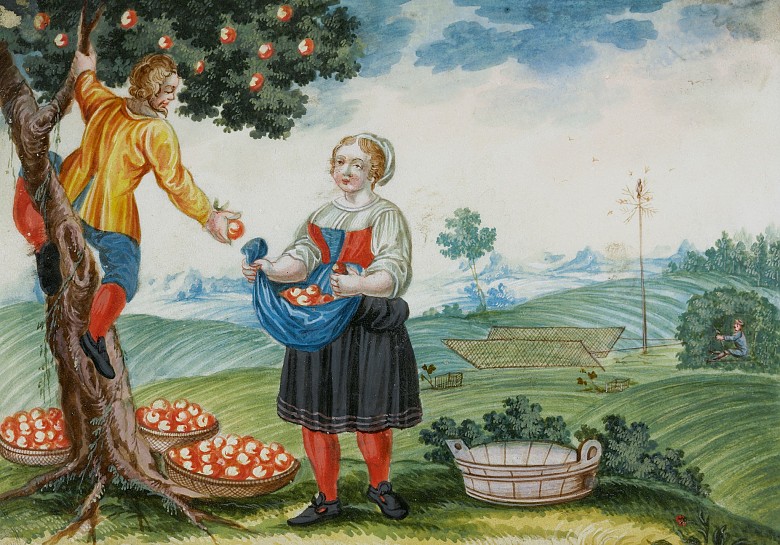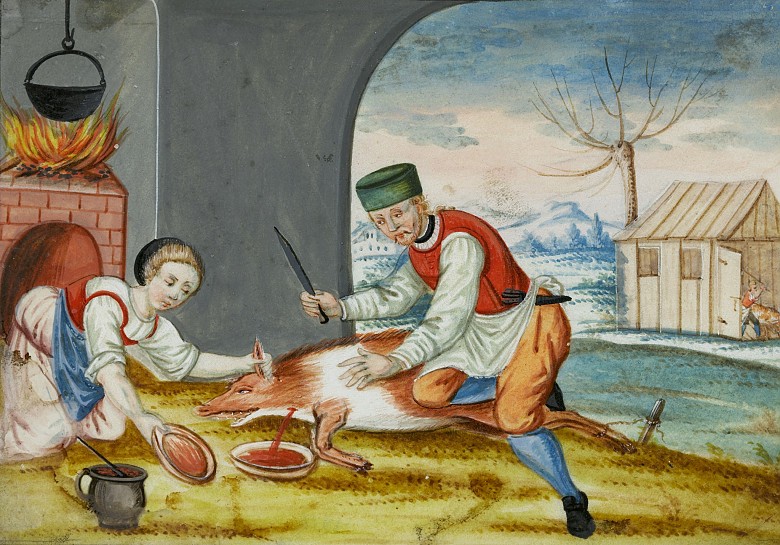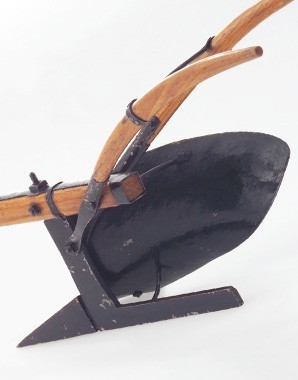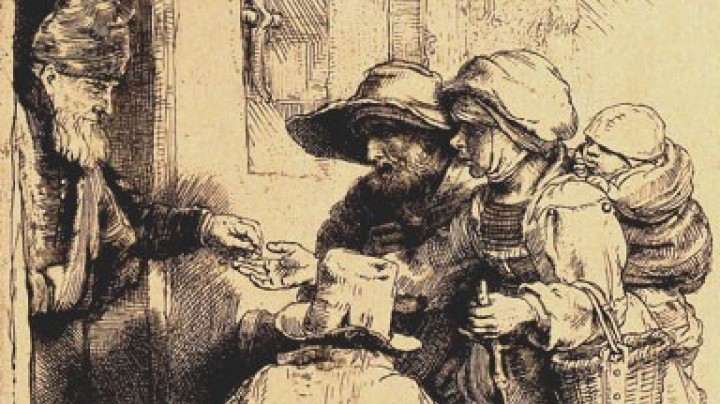Oxen at knock-down prices - peasant levies
Cereals, cattle and work in the fields – the lords of the manor and the Church demanded a number of levies and services from the peasantry.
Some of the services demanded by the lords of the manor could increasingly be replaced by payments made in money and no longer only in kind in the form of cattle, grain, honey or lard. Other obligations still had to be fulfilled in the form of work: for example, peasants were required to chop wood, spin flax and plough the fields. These services varied from region to region and could be calculated according to the number of working days or the amount of work done.
In the course of the sixteenth century the lords of the manor tried to increase the extent of levies and services. In doing so they were supported by Ferdinand I and Maximilian I, who were dependent on the support of the Estates in their wars against the Turks. The peasants were obliged to hand their children over to the lords of the manor for two to three years as servants. In addition to the levies and services demanded by the lords of the manor the peasants were also burdened with obligations to the Church. They had to hand over the tithe – that is to say one tenth of the yield from cattle breeding and arable farming.
Further sources of income for the lords of the manor were provided by taxes on alcoholic drinks and tolls. Until the reforms under Maria Theresa and Joseph II peasants were also subject to the so-called compulsory offer (Anfeilzwang): this meant that the lords of the manor had the first option to buy what the peasants produced, for example cattle or cereals. This obligation, which could be settled in money, could have far-reaching consequences for the peasants’ farms: on one occasion Count Hoyos, lord of the manor in Persenbeug in Lower Austria, bought 300 oxen for six pounds per head, even though the cattle were worth between ten and twenty pounds each. Moreover, he did not pay in cash but in promissory notes.















